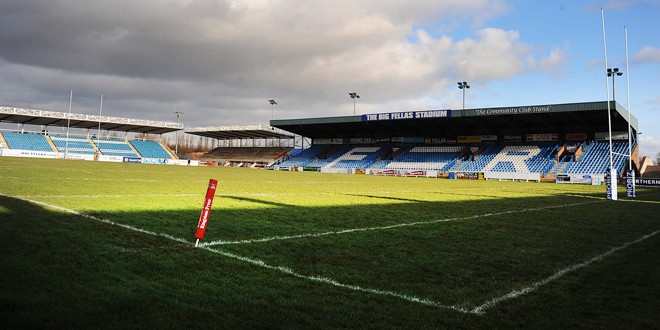 Among a scramble of six clubs vying for a spot in Super League, one, in particular, has been portrayed as an ugly duckling.
While expansionists have clamoured for London, Toulouse or York and traditionalists have endorsed Bradford and Leigh, Featherstone Rovers have been given little to no acknowledgement. In fact, their merits have been dismiss
Among a scramble of six clubs vying for a spot in Super League, one, in particular, has been portrayed as an ugly duckling.
While expansionists have clamoured for London, Toulouse or York and traditionalists have endorsed Bradford and Leigh, Featherstone Rovers have been given little to no acknowledgement. In fact, their merits have been dismiss An unfair portrayal? Why Featherstone Rovers’ Super League application shouldn’t be rubbished
 Among a scramble of six clubs vying for a spot in Super League, one, in particular, has been portrayed as an ugly duckling.
While expansionists have clamoured for London, Toulouse or York and traditionalists have endorsed Bradford and Leigh, Featherstone Rovers have been given little to no acknowledgement. In fact, their merits have been dismiss
Among a scramble of six clubs vying for a spot in Super League, one, in particular, has been portrayed as an ugly duckling.
While expansionists have clamoured for London, Toulouse or York and traditionalists have endorsed Bradford and Leigh, Featherstone Rovers have been given little to no acknowledgement. In fact, their merits have been dismiss 